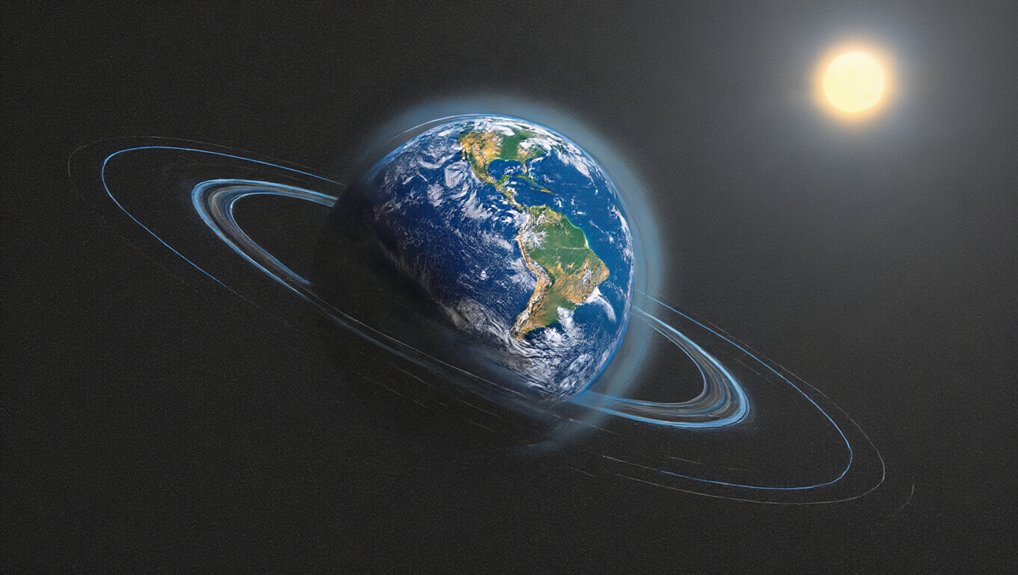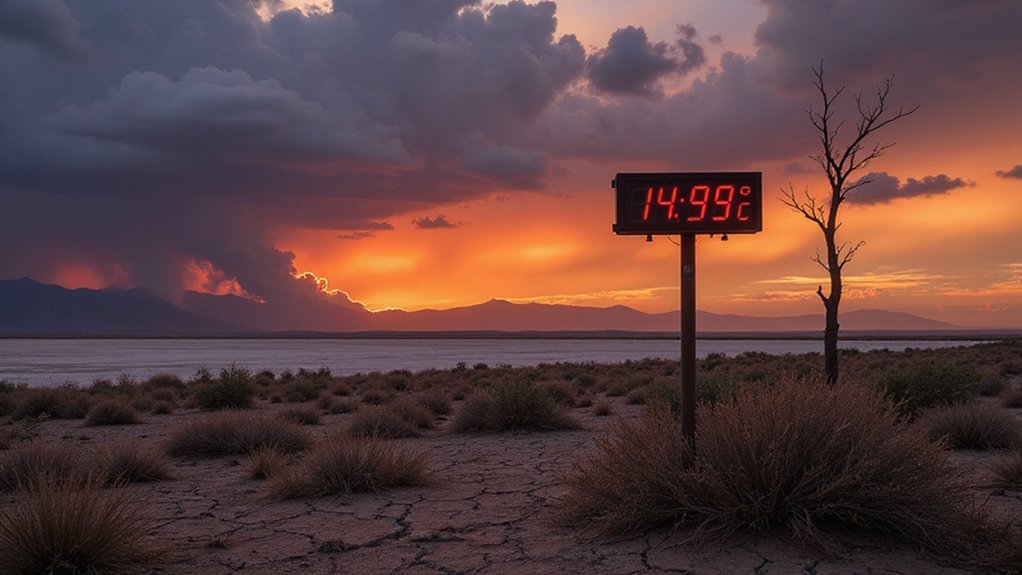While many people might assume Earth’s summer heat comes from being closest to our star, the opposite is actually true. Earth actually reaches its maximum distance from the Sun—called aphelion—in early July, right when many Northern Hemisphere residents are sweating through heatwaves and slathering on sunscreen. Weird, right?
Earth is farthest from the Sun during Northern summer—a cosmic irony as we reach for ice cream and cranked-up air conditioners.
On July 3, 2025, at 20 UTC, our planet hit its annual distant point, approximately 94.5 million miles from the Sun. Compare that to January’s perihelion, when we’re a cozy 91.4 million miles away. That’s about 3 million miles difference. Not huge in cosmic terms, but not nothing either.
Here’s the twist—we’re experiencing summer in the Northern Hemisphere when we’re furthest away. Makes zero intuitive sense. But science doesn’t care about intuition. The real driver of seasons isn’t distance. It’s Earth’s stubborn 23.5-degree tilt.
When the Northern Hemisphere tilts toward the Sun, we get longer days and more direct sunlight. The direct sunlight on the Tropic of Cancer creates significantly higher temperatures during summer in the northern regions. More sunlight equals more heat. Simple as that. Meanwhile, the Southern Hemisphere is tilted away, experiencing winter. The term “aphelion” comes from Greek roots meaning away from the sun. The 3% variation in distance? Pretty insignificant compared to axial effects.
Earth’s orbit isn’t a perfect circle. It’s elliptical, which explains the changing distance. And following Kepler’s laws, we actually slow down at aphelion to about 29,320 meters per second—still blazing along at 19 miles every second, but slower than perihelion speed.
The Sun does appear slightly smaller in our sky at aphelion, and solar energy decreases by about 6.4% compared to perihelion. But you’ll never notice it. The difference in seasonal intensity comes almost entirely from that tilted axis.
References
- https://earthsky.org/astronomy-essentials/earth-farthest-from-sun-for-year-in-early-july/
- https://vocal.media/earth/why-are-we-having-summer-when-the-earth-is-far-from-the-sun
- https://www.thesuntoday.org/solstice-equinox/aphelion-2025/
- https://www.freeastroscience.com/2025/07/why-is-earth-farthest-from-sun-during.html
- https://www.timeanddate.com/astronomy/perihelion-aphelion-solstice.html









